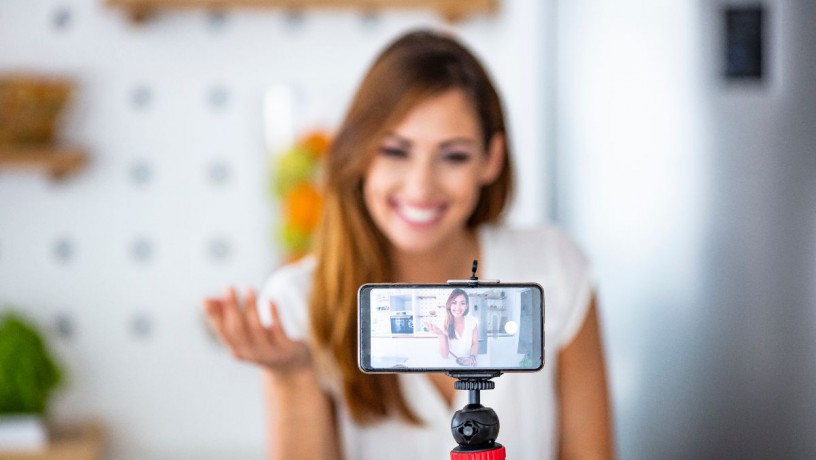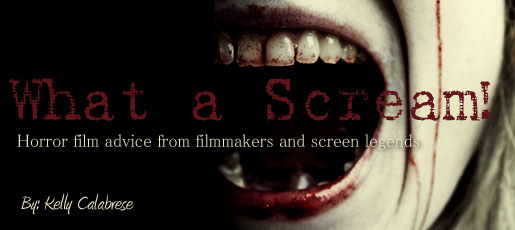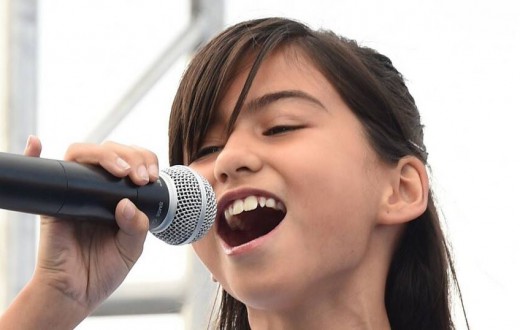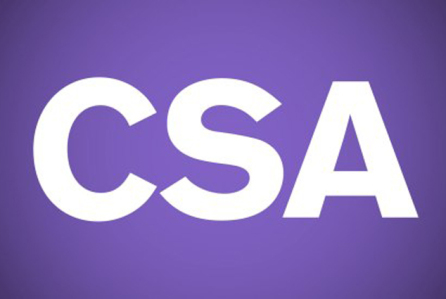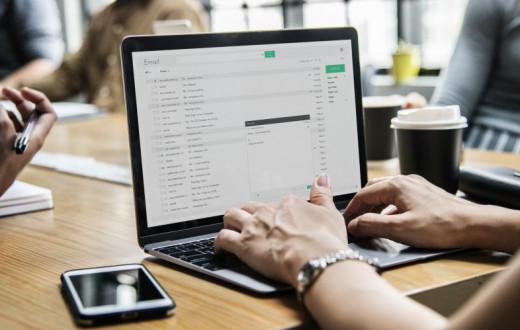Self-tape auditions became a necessity when COVID-19 broke out in 2020, and while many things have begun to revert back to “normal,” it appears that self-tape auditions are here to stay. But you’re an actor, not a camera operator or a lighting expert! It’s important for your self-tapes to look professional because you’re making a first impression on the people watching. But you don’t have to be a film school graduate or technical maestro to make a quality recording! Here are some of the top tips we recommend for a great self-tape:
Film Horizontally!
Shooting with your phone isn’t ideal, but it’s not a problem! Most phones have a nice enough camera to capture a great self-tape. But even when you’re recording on your phone, make sure you turn it sideways. A vertical video will not come across as professional.
Natural Light!
You may not have great lighting equipment or tons of experience with lighting people. That’s fine! The easiest way to bypass this and get a great lighting look is to film yourself facing a window. Make sure that the window is in front of you, not behind you. Natural light is more powerful and beautiful than any man made light. Lighting experts spend years trying to learn how to either sculpt and use natural light or imitate it with their equipment. For something as short and simple as a self-tape, you can get it right from the sun itself, and it will probably look better than a lighting setup that took you hours to create. Natural Light? What About My Ring Light? Ring lights are a trendy item to purchase for self-tapes and vlogging, but I personally believe they are overhyped. Even a great ring light will not look better than simply standing in front of a window. Plus, the circular light reflection in your eyes can be distracting – it may not be a problem for vlogs or makeup tutorials, but so much of a good acting performance takes place in the eyes! A ring light might help you in a pinch if you’re filming at night and can’t use the sun, but don’t sweat if you haven’t bought one.
Leave the Wall Behind!
Keep at least 3 feet between you and the wall. This will give you a better looking depth of field and avoid casting shadows. As for the wall itself, don’t worry about it! A neutral-looking wall is just as good as a backdrop, and a wall with decorations isn’t a bad thing as long as they aren’t distracting. A recent trend has seen more actors filming their self-tapes near paintings in their home to make their self tapes more interesting and show more personality.
Shush Your Roommate!
Don’t be rude to the people you live with! But sometimes you have to make sure it’s quiet for your self tape. I recently tried filming a self-tape while my roommate was playing video games in the other room. Once I listened back, I realized that you could hear it clearly. I had to re-record the whole thing, even though it was a good take! Take some time to practice your self-tape so that it won’t take too long to record it; then, when it’s time to start, make sure that everyone in your vicinity is keeping their volume down. You don’t need an expensive microphone or perfect audio, but background noise could be off putting!
Frame Up!
You don’t want to appear tiny in the frame, and you don’t want to be in an extreme close-up. Setting the camera a medium distance away, at your eye-level, is great. The frame should go about from your chest to a bit above the top of your head. If you plan to move around in the tape, make sure you do not dip out of the frame. Also, even if you don’t buy a camera, you should buy a tripod to keep the frame stable and easy to tweak if needed – small tripods for phones, like this one, are easy to find online.
Good Eyeline!
Eyelines are a major thing that directors and cinematographers must consider. For a self-tape, you are the only subject being recorded, so you save yourself the trouble of worrying about exactly where you look. However, the rule of thumb for a great self-tape is to direct your eyes close to the camera without looking directly at the camera. If you have a reader with you, have them sit directly next to the camera and try to play against them naturally. This will allow the camera to catch your full performance straight-on.
—–
So there’s your little crash course on easy tricks to film yourself with high quality. I hope I saved you some money on film school. Good luck with your self tapes!

